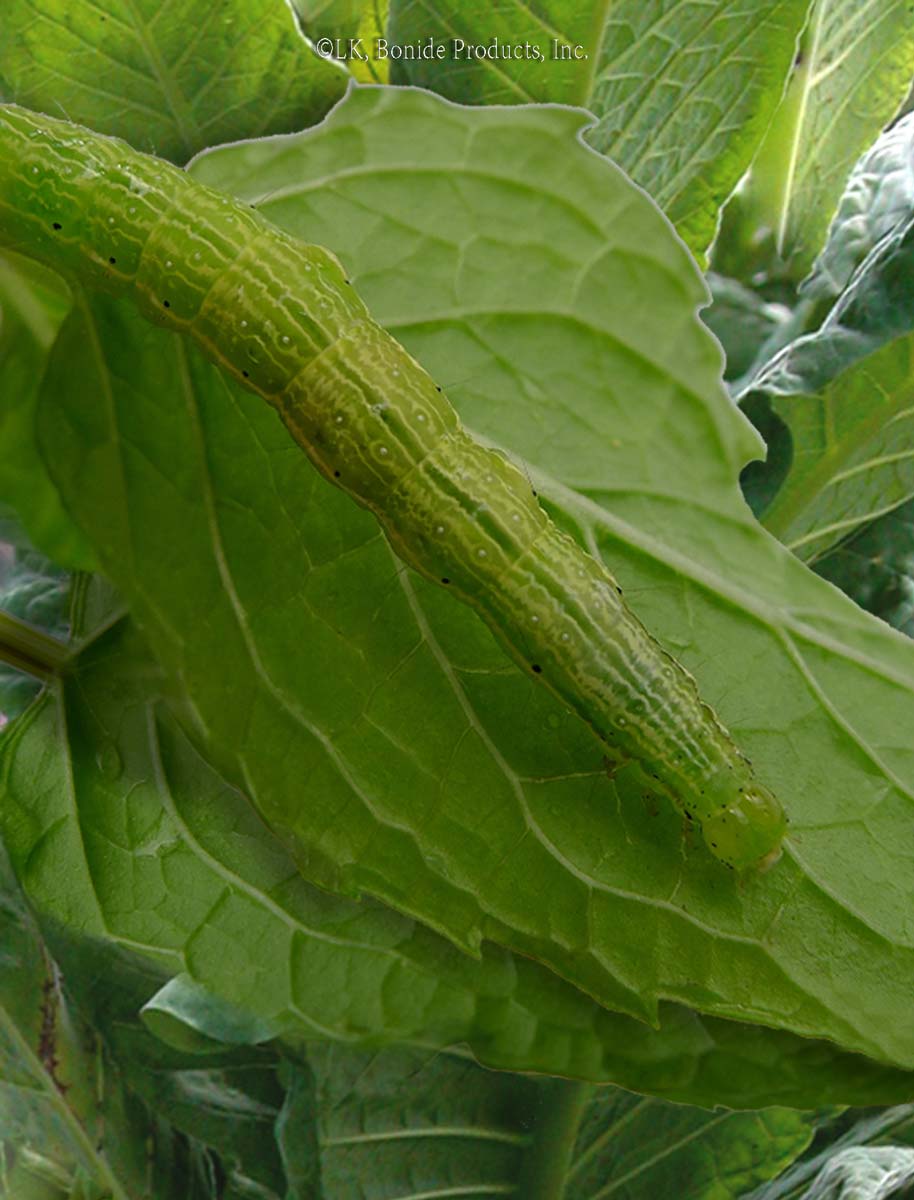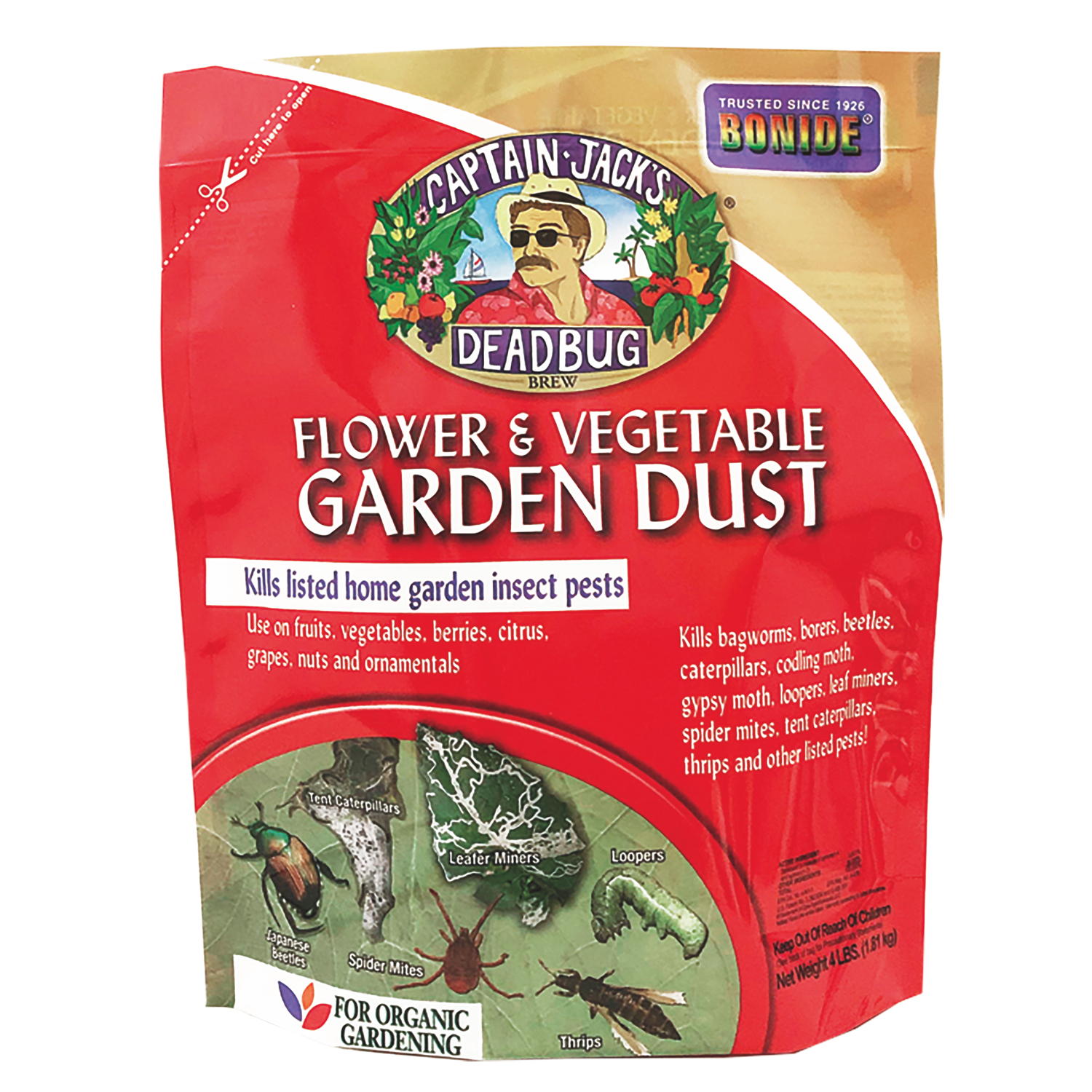
Also known as tobacco budworms, these close relatives of the corn earworm burrow into buds and feed from the inside; they also chew fully opened flowers. The striped, 1/4 inch to 3/4 inch long caterpillars are greenish to tan or reddish in color; they cause problems largely in mild climates, since they can’t survive cold winters.
Target: Primarily geraniums, petunias; also nicotiana, calendulas, border penstemon.
Damage: Flowers are tattered or don’t bloom. Tiny droppings appear on buds.
Life cycle: Moths lay clusters of eggs on host plants. The caterpillars tunnel into developing buds and feed for a few weeks before pupating, usually inside the damaged buds. After emerging, the adults lay eggs that may either overwinter or hatch into a second generation.
Notes: Ivy geraniums are resistant. Apply insecticides immediately after eggs hatch—the larvae are safe once they enter buds, unless Systemic Insect Control is used. Bacillus thuringiensis/Bt (Thuricide) is an effective control when used on most plants. The insect must eat the Bt in order for it to be effective. On plants such as geranium, where the caterpillars drill into the buds and eat little of the outside surface, Bt is not as effective. On petunia, where caterpillars eat a great deal of the blossom, Bt can provide a marginal amount of control.
Scientific Name: Helicoverpa virenscens



